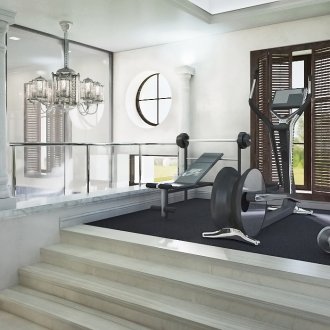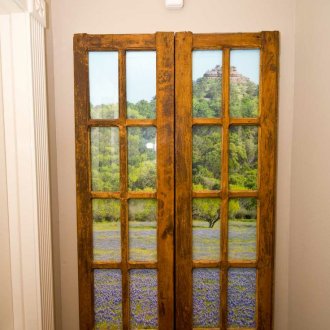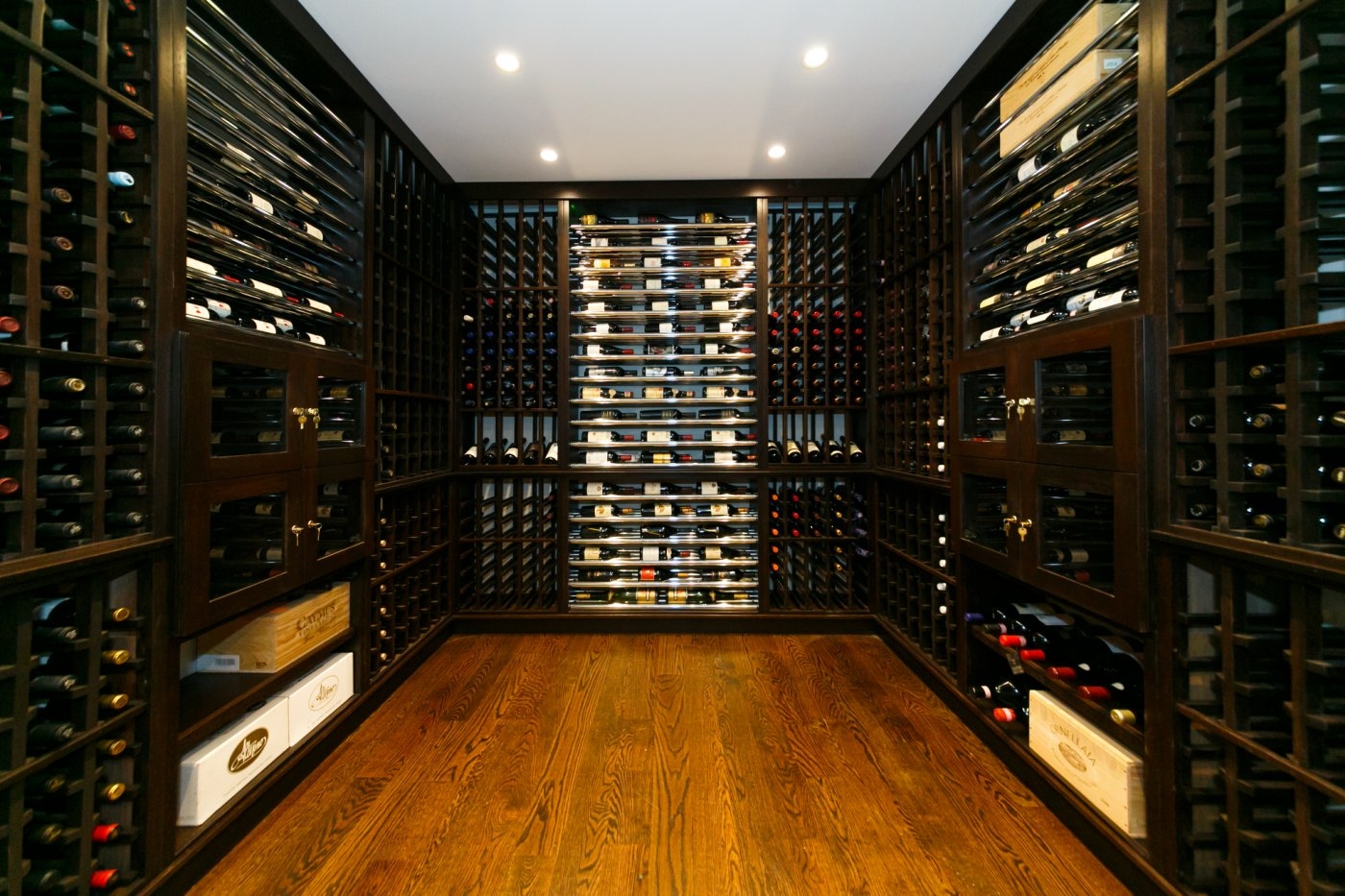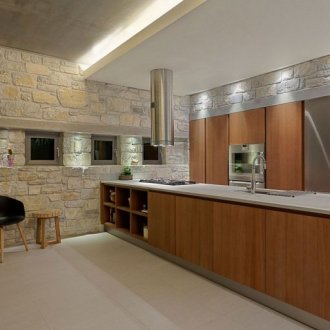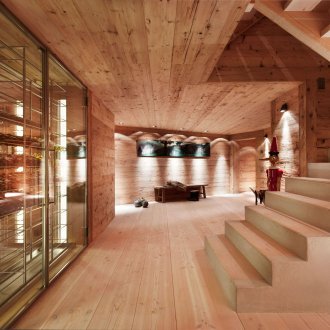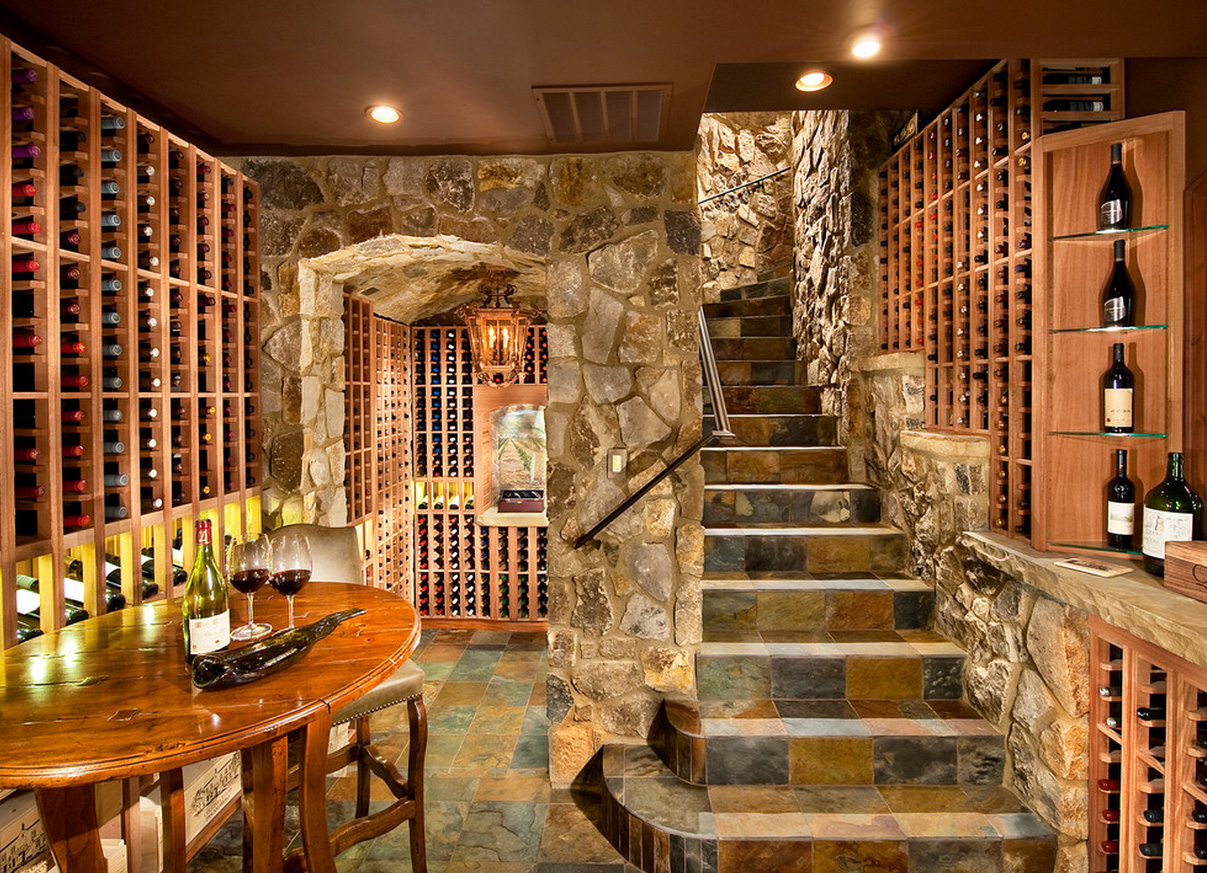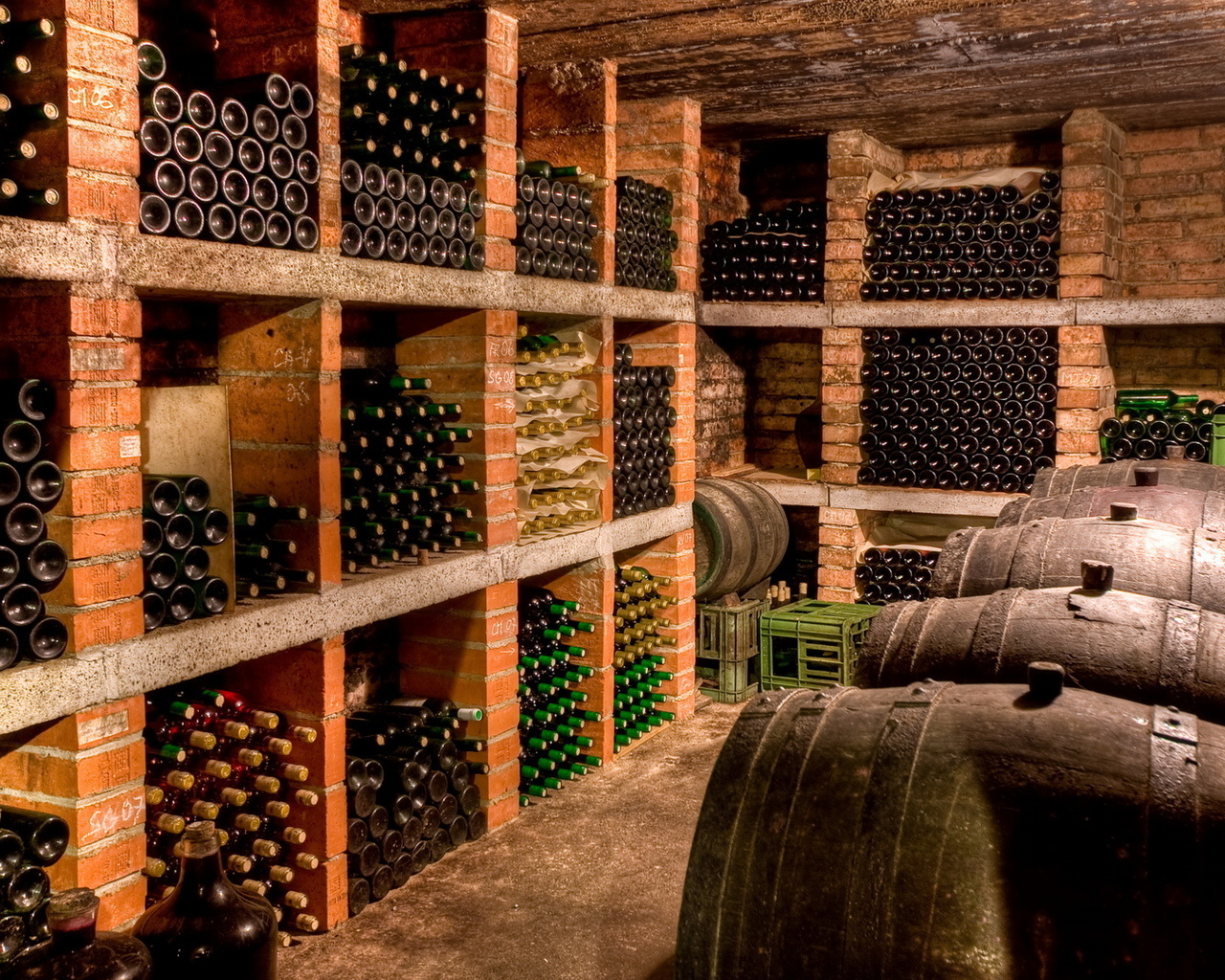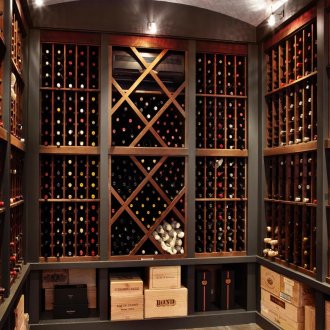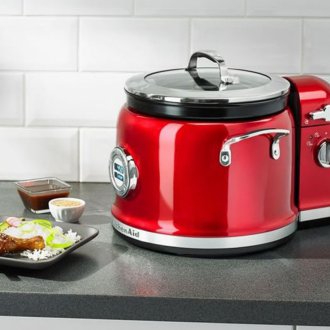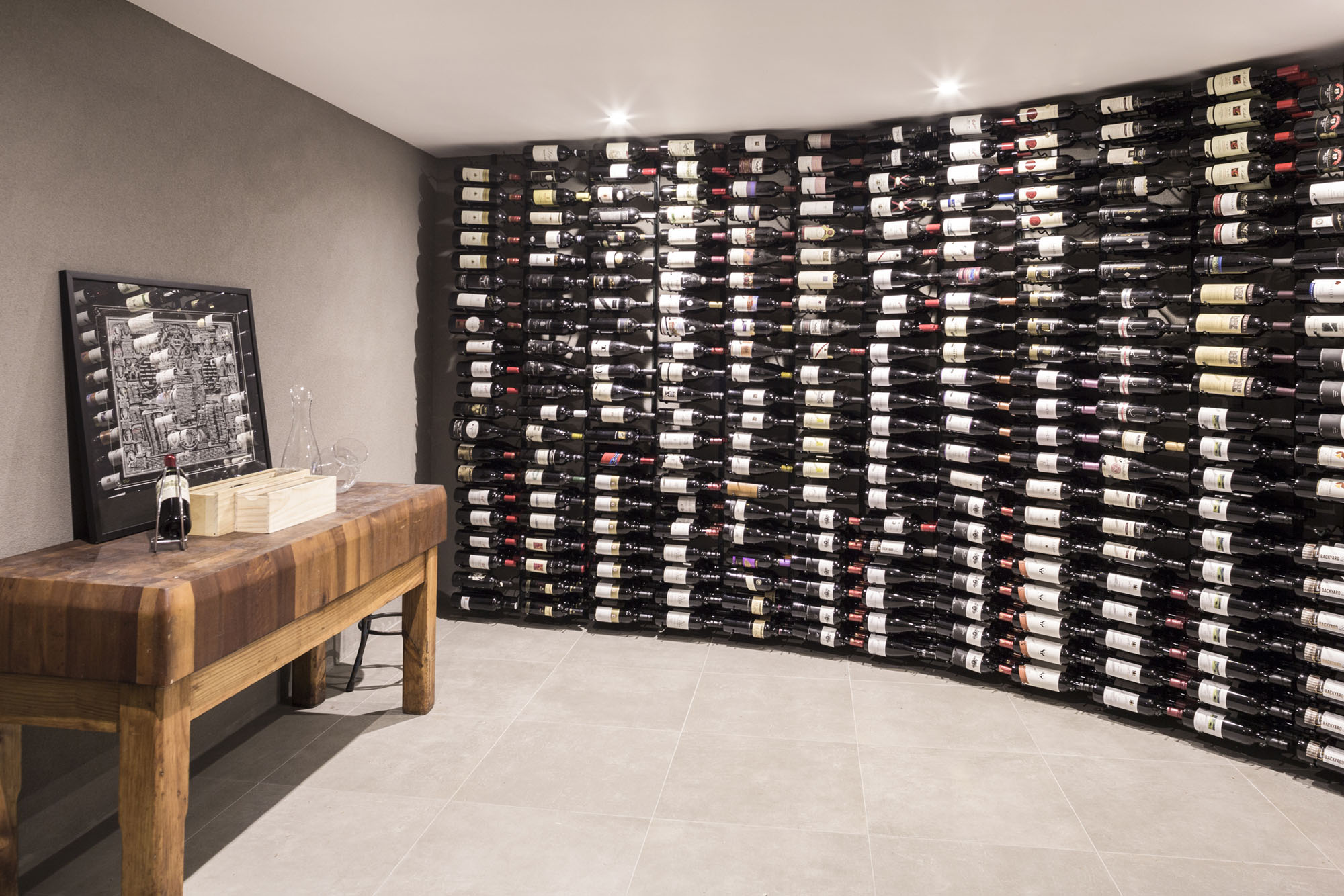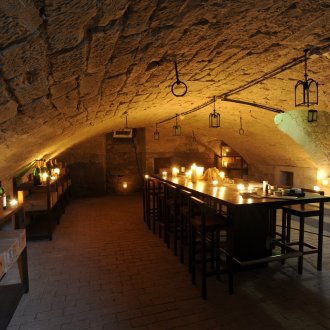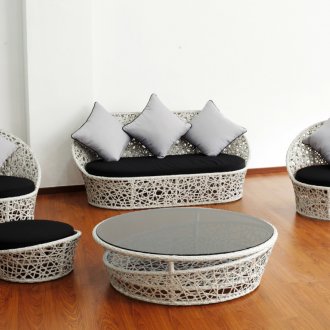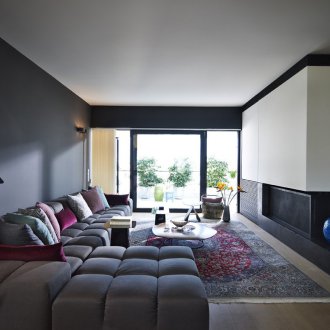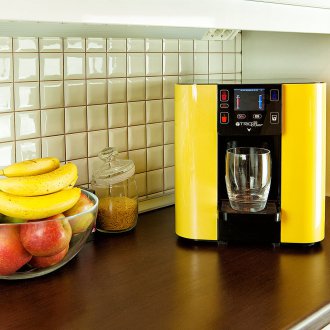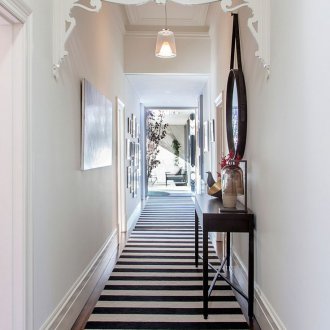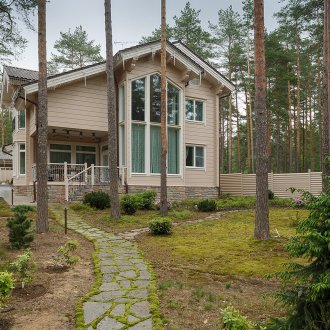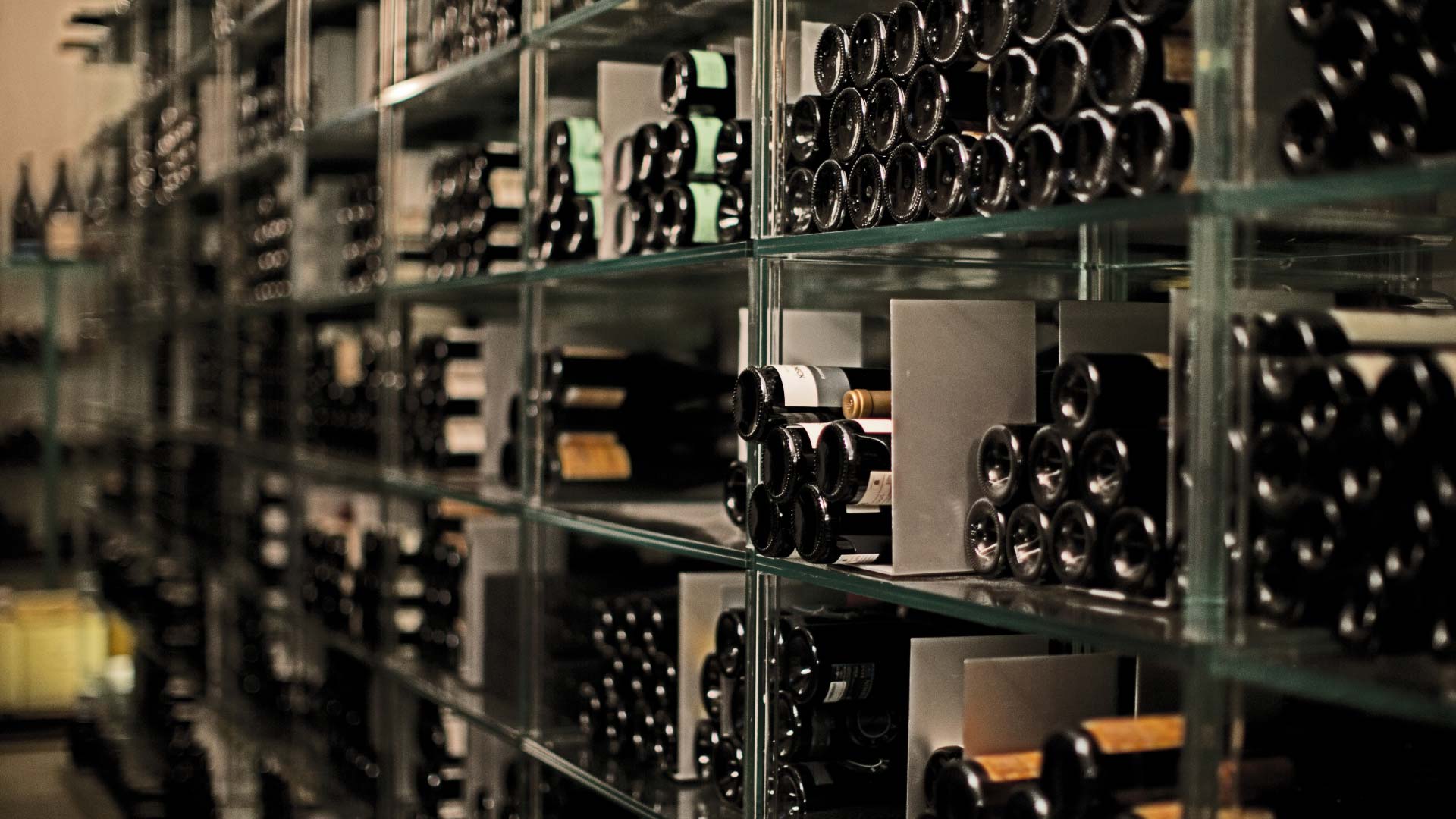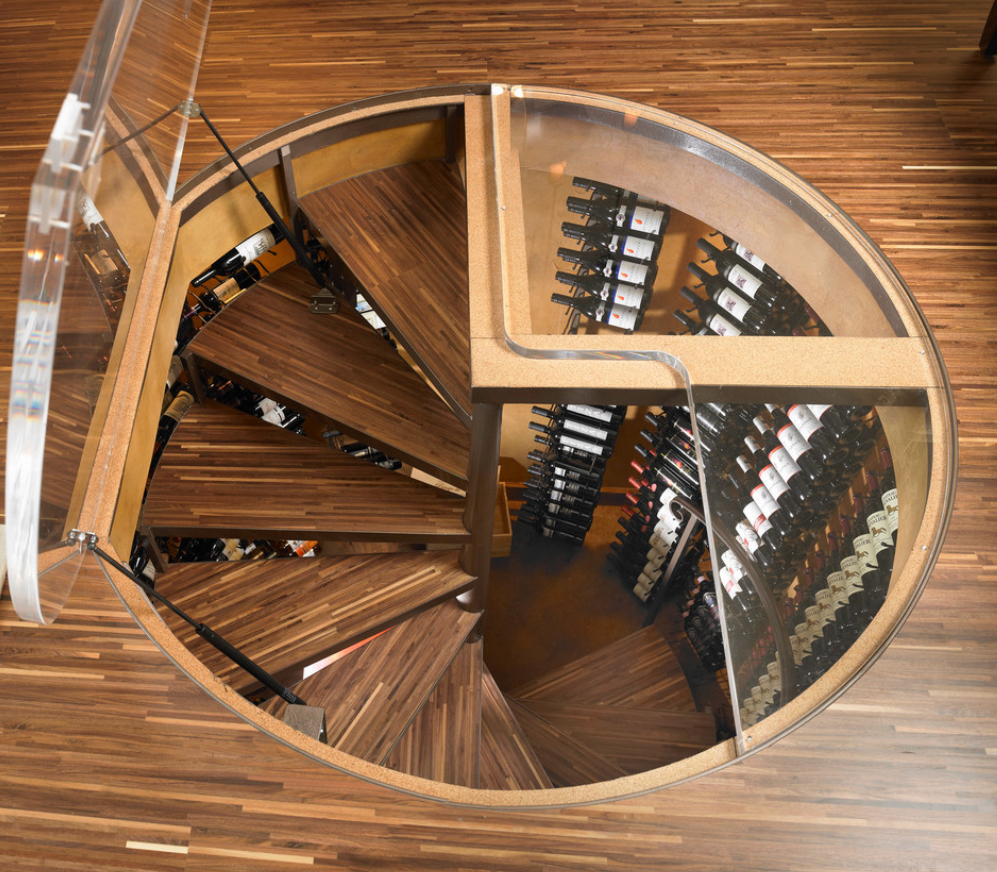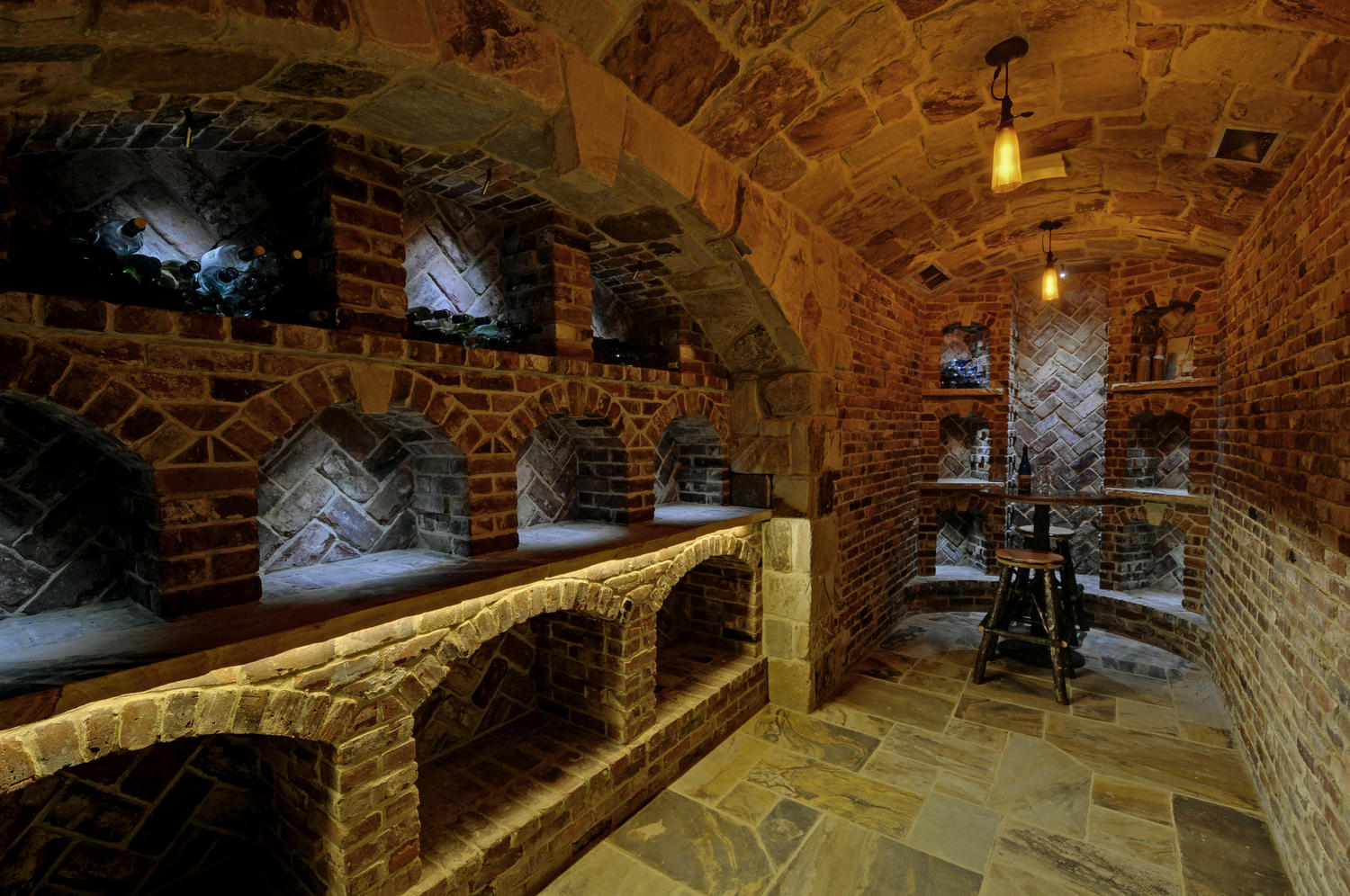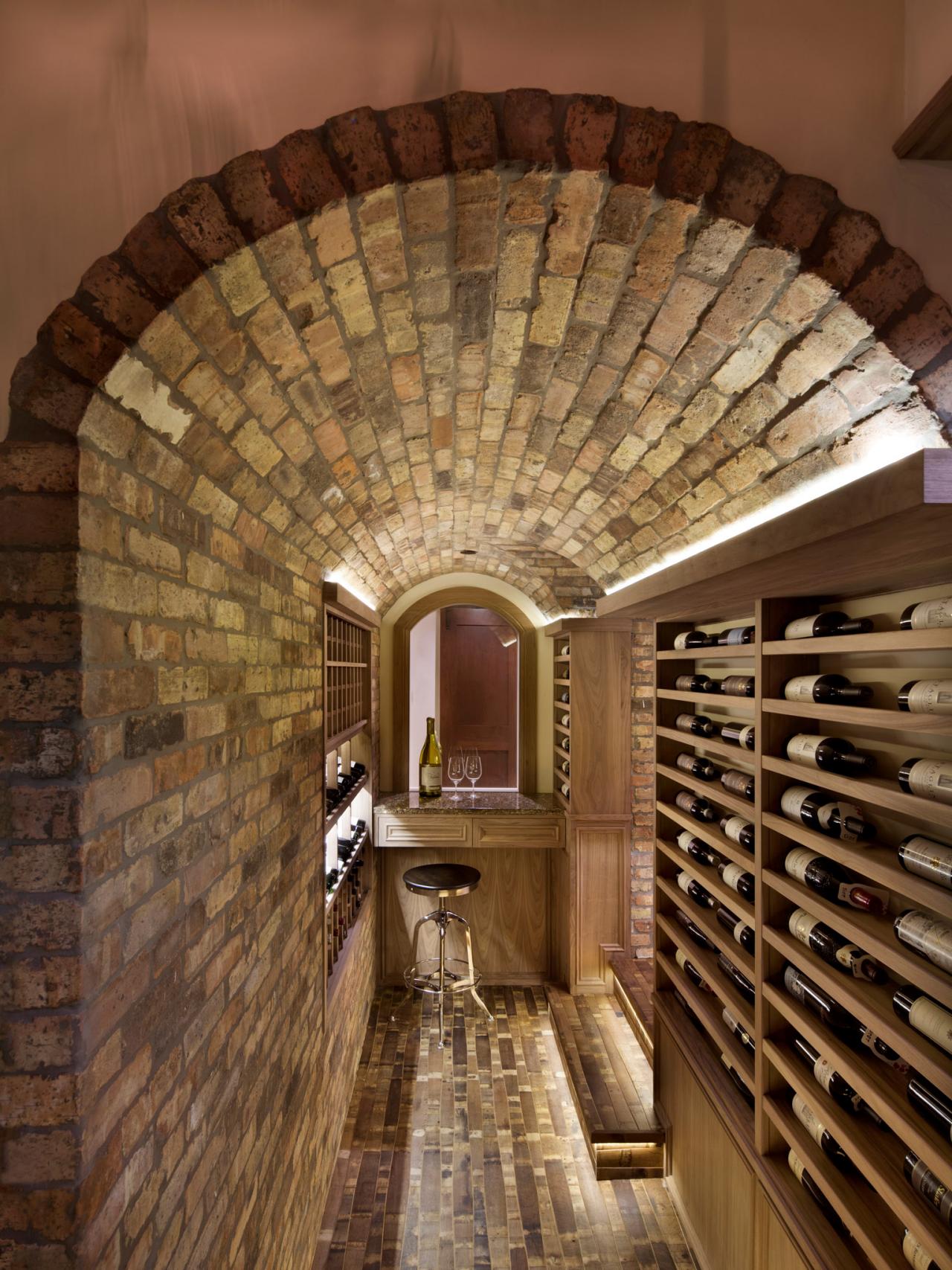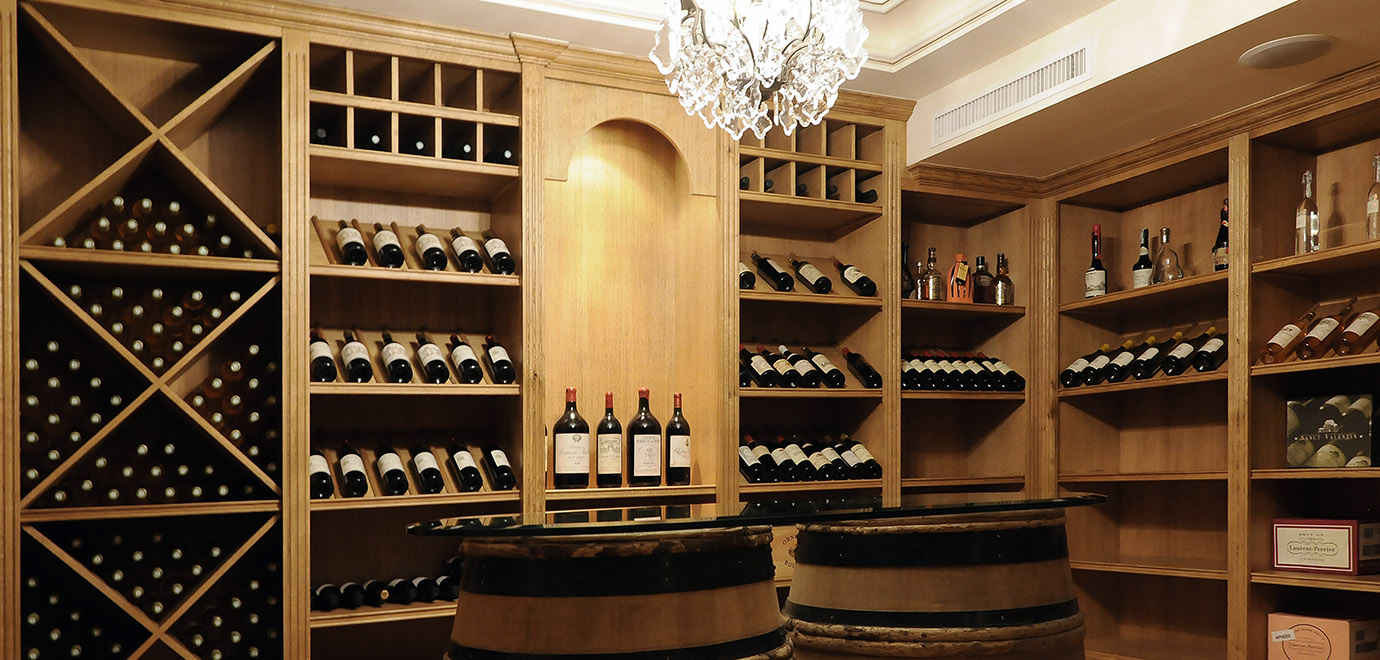DIY wine cellar: proper storage of wine (22 photos)
Content
The best collections of wines are always stored underground, where the necessary conditions are supported by nature itself. The cellar is laid in a relatively dry area to eliminate waterlogging or flooding. In this case, the hydrology of the adjacent territory, the presence of groundwater should be taken into account. Their level is calculated by the depth of the well or well in the area (it should be at least a meter below the floor of the future basement). It is better to make the entrance to the cellar from the north, so that in the summer less sun will fall on it.
The construction of the cellar
The construction process includes the following main stages:
- project development;
- processing materials with an antiseptic;
- installation of a climate control system;
- interior decoration;
- wiring and door installation;
- placement of racks;
- final decoration of the room.
All materials, especially wood, must be moisture resistant, nontoxic, odorless and pre-treated with an antiseptic to prevent mold and other microorganisms.
The project of the wine cellar contains a plan of the premises, shelving, the quantity and cost of building materials.
Walls
The coating can be made of wood, natural or artificial stone, decorative tiles, bricks.
Do not use tarry pine and a sharp-smelling cedar, the smell of which easily turns into wine, creating an unnecessary aftertaste. Oak is popular, time-tested: its wood has been used for centuries in the interior of wine cellars.
Cracks or damage to walls are easily masked with putty or plaster.
Floor
The most commonly used ceramics, stone, marble. The adobe coating sprinkled with river sand or fine gravel is recognized as ideal. This is not only a tribute to tradition, but also a purely practical move. Drops of condensate falling off the ceiling easily seep through small pebbles and do not form puddles. In the heat, in order to maintain a microclimate, such a floor, on the contrary, can be moistened.
For initially wet soil, a concrete or slag coating is suitable. But do not be zealous - full pouring with concrete for the purpose of absolute waterproofing is not necessary.
Creating a microclimate
Wine is very delicate, susceptible to any cataclysms. So that his taste does not deteriorate, it is imperative that the wine cellar adheres to three parameters: temperature, air humidity, lighting. They are stable only with proper insulation of the room.
Temperature
Optimum 10–14 ° С, at less than 10 ° С the maturation of wine slows down, an increase to 18 ° С and higher worsens the taste, entails a loss of freshness. Sudden changes in temperature, due to which wine corks lose their elasticity, are undesirable. As a result, air enters the bottle, and you can forget about the quality of the wine.
The wine cellar should be away from heating pipes, garage, boiler rooms. The destructive vibration is created by powerful current sources, a busy highway, and the railway. Near them, laying a wine cellar for a house is not worth planning.
Humidity
Optimum 60-75%. If more, mold, fungus may appear; in drier air, the wine will begin to turn sour due to cork drainage. The climate control system (split system) is designed to maintain the desired humidity level. A conventional air conditioner is not suitable due to noise and vibration.But if there is no other way out, the unit with a compressor mounted on the outside is located away from the cellar.
Lighting
Only moderate artificial. Powerful incandescent lamps are excluded - they are very bright, and heating easily raises the temperature in the cellar. So that the light does not hurt the eye, the lamp is placed under the lamp cover.
The wine cellar in the house is sometimes equipped with a timer that turns off the lighting after a specified period of time.
Doors
Significantly help the stability of the microclimate. Since they are not processed in any way, we need special models, for example, thermal doors with a magnetic seal (like a refrigerator). From large or bicuspid, creating unnecessary air currents, it is better to abstain.
Insulation, ventilation
Heat and vapor barrier will be required everywhere except for doors, that is, for floors, walls, and ceilings. Before starting work, all these surfaces and the seams between them are treated with an antiseptic.
Reliable thermal insulation is provided by lining of porous materials with a thickness of four to ten centimeters, resistant to moisture, not exuding any aromas.
Climate control system makes vapor barrier mandatory. These are half a centimeter thick panels that cover the ceiling and walls. It is better to mount them from the outside; if this is not possible, installation inside is allowed.
So that the air does not stagnate, high-quality ventilation is always performed in the room. The optimal effect is obtained by installing a system that operates on the principle of "supply-exhaust". At the same time, air should circulate throughout the space, and not be blown by a stream onto racks with bottles.
Shelving
The main furniture of the cellar - the wine rack - is created taking into account several key factors.
Material
The best thing is to make a shelving made of wood treated with special tools. In first place, of course, oak, whose wood creates and maintains the necessary microclimate for many years of wine storage. Maple or ash are also suitable, durable, resistant to decay, well absorbing moisture, without a tangible aroma.
As a rule, shelves for a wine cellar and other wooden furniture are soaked in linseed oil or liquid based on wax. In this way, protection against moisture is created and the natural structure of the material is emphasized.
The second option is metal. The third, excellent, but costly solution is limestone, which holds temperature and is immune to mold. Shelving made of stone will give even more status to the store.
Design
The rack for wine bottles is made in the form of direct or inclined modules-sections. They are mobile, capable of grouping at the request of the owner and taking into account the characteristics of the premises. When drying the cellar, they are easy to dismantle, take out in the sun, and then reassemble.
Each bottle is provided with a square or hexagonal cell. The first is universal, the second is more stylish for aesthetes. The length of the sections should be about 70 cm, with a larger one there may be a deflection.
Making a wine rack with your own hands, you need to attach a side for insurance to each shelf.
Stacking
Connoisseurs are even horrified by the idea of randomly placing bottles with a noble drink. Only a strict system: copies laid for long-term storage are sent to the far ranks. The closest positions are occupied by the containers intended for uncorking in the first place.
In this sense, drawers are good, allowing you to easily get any bottle without touching the rest.
The solution that makes the interior of the wine cellar original is the pyramid shelves. Each triangular compartment contains a specific type of wine.
Glass
It is always dark, because wine, especially old noble, does not tolerate daylight. The bottle can be brown (as connoisseurs advise) or green.
Decor
The wine cellar in a private house can be supplemented with stylish paraphernalia.These are tables with chairs or a bar counter, installed in the center and in harmony with racks and shelves placed around the perimeter.
A stone or brick looks organically with a deliberately aged floor. Romantics will add wooden beams under the ceiling, vintage oak barrels, and financially secure aesthetes - forging.
It is practical to supplement the furniture with cabinets with a file cabinet of wines and glasses.
The design of the wine cellar will be revived by a wall-mounted thermometer and hygrometer, which will confirm compliance with the desired temperature and humidity.
Any carpets or skins of predators beneficial for the appearance of mold and other microorganisms are clearly excluded.
Useful Tips
They, of course, are known to connoisseurs and experienced summer residents, but may be useful to beginners to master this area.
- A week before drinking, the wine bottles are placed vertically so that the sediment settles.
- To restore the microclimate - after the old batch of wine has been exhausted, and a new one is planned for laying - you need to thoroughly ventilate the room and fumigate it with juniper (chopsticks).
- Wine bottles should be in an inclined or lying position, and the cork should be washed with liquid.
- A wine cellar is not a place to store preserves or vegetables. Their smell is guaranteed to ruin the aroma of wine.
A personal wine cellar, built personally or in creative cooperation with experts, will become a place of relaxation from the hustle, bustle, communication, tasting and the pride of the owner. Or maybe he will be introduced to the elite caste of collectors and connoisseurs of a noble drink.
